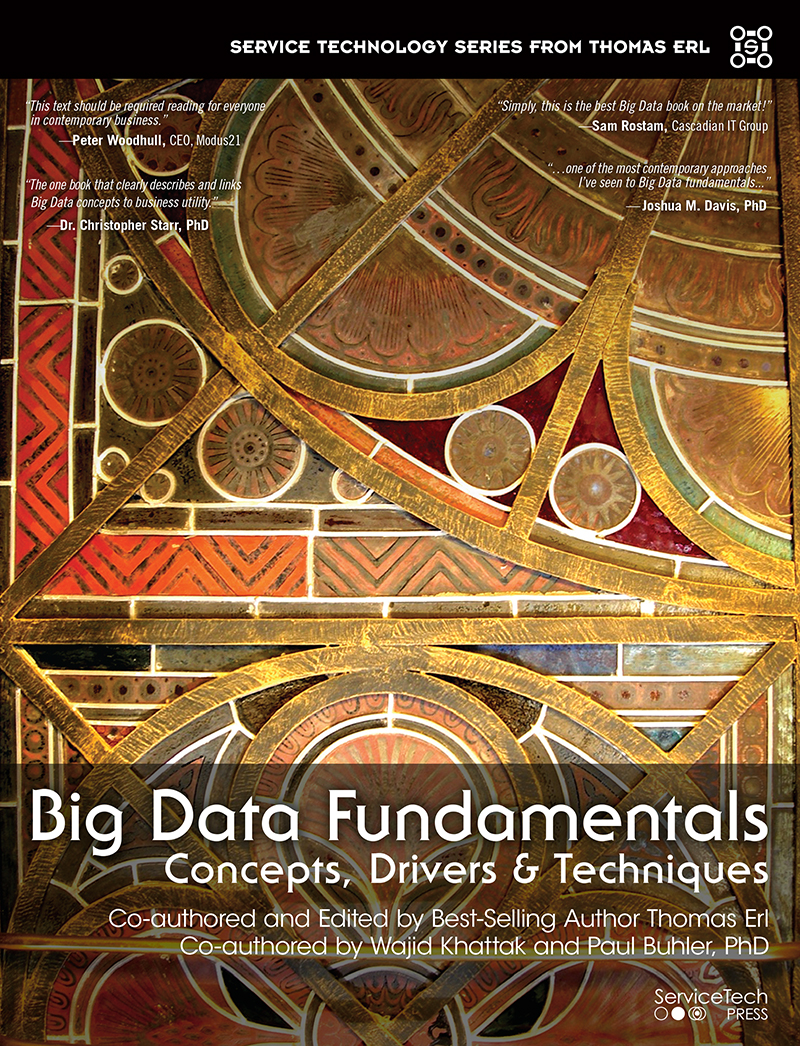

Most ebook files are in PDF format, so you can easily read them using various software such as Foxit Reader or directly on the Google Chrome browser.
Some ebook files are released by publishers in other formats such as .awz, .mobi, .epub, .fb2, etc. You may need to install specific software to read these formats on mobile/PC, such as Calibre.
Please read the tutorial at this link: https://ebookbell.com/faq
We offer FREE conversion to the popular formats you request; however, this may take some time. Therefore, right after payment, please email us, and we will try to provide the service as quickly as possible.
For some exceptional file formats or broken links (if any), please refrain from opening any disputes. Instead, email us first, and we will try to assist within a maximum of 6 hours.
EbookBell Team

4.1
10 reviews“This text should be required reading for everyone in contemporary business.”
–Peter Woodhull, CEO, Modus21
“The one book that clearly describes and links Big Data concepts to business utility.”
–Dr. Christopher Starr, PhD
“Simply, this is the best Big Data book on the market!”
–Sam Rostam, Cascadian IT Group
“...one of the most contemporary approaches I’ve seen to Big Data fundamentals...”
–Joshua M. Davis, PhD
The Definitive Plain-English Guide to Big Data for Business and Technology Professionals
Big Data Fundamentals provides a pragmatic, no-nonsense introduction to Big Data. Best-selling IT author Thomas Erl and his team clearly explain key Big Data concepts, theory and terminology, as well as fundamental technologies and techniques. All coverage is supported with case study examples and numerous simple diagrams.
The authors begin by explaining how Big Data can propel an organization forward by solving a spectrum of previously intractable business problems. Next, they demystify key analysis techniques and technologies and show how a Big Data solution environment can be built and integrated to offer competitive advantages.
Discovering Big Data’s fundamental concepts and what makes it different from previous forms of data analysis and data science
Understanding the business motivations and drivers behind Big Data adoption, from operational improvements through innovation
Planning strategic, business-driven Big Data initiatives
Addressing considerations such as data management, governance, and security
Recognizing the 5 “V” characteristics of datasets in Big Data environments: volume, velocity, variety, veracity, and value
Clarifying Big Data’s relationships with OLTP, OLAP, ETL, data warehouses, and data marts
Working with Big Data in structured, unstructured, semi-structured, and metadata formats
Increasing value by integrating Big Data resources with corporate performance monitoring
Understanding how Big Data leverages distributed and parallel processing
Using NoSQL and other technologies to meet Big Data’s distinct data processing requirements
Leveraging statistical approaches of quantitative and qualitative analysis
Applying computational analysis methods, including machine learning